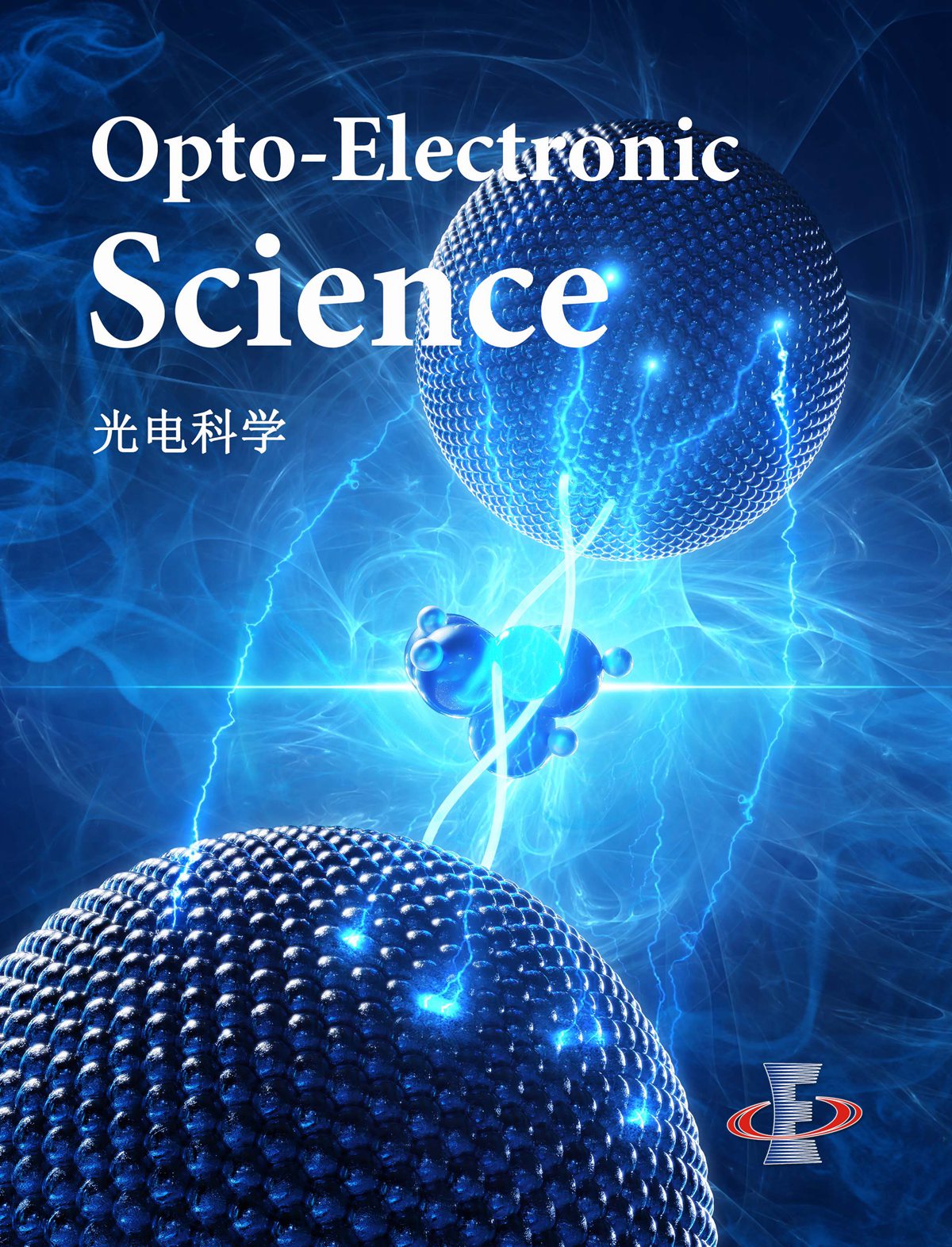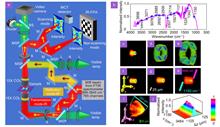 View fulltext
View fulltext
In recent years, there has been a significant transformation in the field of incoherent imaging with new possibilities of compressing three-dimensional (3D) information into a two-dimensional intensity distribution without two-beam interference (TBI). Most of the incoherent 3D imagers without TBI are based on scattering by a random phase mask exhibiting sharp autocorrelation and low cross-correlation along the depth. Consequently, during reconstruction, high lateral and axial resolutions are obtained. Imaging based on scattering requires an astronomical photon budget and is therefore precluded in many power-sensitive applications. In this study, a proof-of-concept 3D imaging method without TBI using deterministic fields has been demonstrated. A new reconstruction method called the Lucy-Richardson-Rosen algorithm has been developed for this imaging concept. We believe that the proposed approach will cause a paradigm-shift in the current state-of-the-art incoherent imaging, fluorescence microscopy, mid-infrared fingerprinting, astronomical imaging, and fast object recognition applications.In recent years, there has been a significant transformation in the field of incoherent imaging with new possibilities of compressing three-dimensional (3D) information into a two-dimensional intensity distribution without two-beam interference (TBI). Most of the incoherent 3D imagers without TBI are based on scattering by a random phase mask exhibiting sharp autocorrelation and low cross-correlation along the depth. Consequently, during reconstruction, high lateral and axial resolutions are obtained. Imaging based on scattering requires an astronomical photon budget and is therefore precluded in many power-sensitive applications. In this study, a proof-of-concept 3D imaging method without TBI using deterministic fields has been demonstrated. A new reconstruction method called the Lucy-Richardson-Rosen algorithm has been developed for this imaging concept. We believe that the proposed approach will cause a paradigm-shift in the current state-of-the-art incoherent imaging, fluorescence microscopy, mid-infrared fingerprinting, astronomical imaging, and fast object recognition applications.
Metasurfaces that can realize the polarization manipulation of electromagnetic waves on the sub-wavelength scale have become an emerging research field. Here, a novel strategy of combining the metasurface and Fresnel zone plate to form a metasurface zone plate is proposed to realize the conversion from nearly arbitrary polarizations to a fixed polarization. Specifically, when one polarized wave is incident on adjacent ring zones constructed by different types of meta-atoms, the transmitted waves generated by odd-numbered and even-numbered ring zones converge at the same focus and superimpose to generate a fixed polarized wave. As function demonstrations, we have designed two types of metasurface zone plates: one is a focused linear polarizer, and the other can convert nearly arbitrary polarized waves into focused circularly polarized waves. The simulated and measured results are consistent with theoretical expectations, suggesting that the proposed concept is flexible and feasible. Our work provides an alternative platform for polarization manipulation and may vigorously promote the development of polarization photonic devices.Metasurfaces that can realize the polarization manipulation of electromagnetic waves on the sub-wavelength scale have become an emerging research field. Here, a novel strategy of combining the metasurface and Fresnel zone plate to form a metasurface zone plate is proposed to realize the conversion from nearly arbitrary polarizations to a fixed polarization. Specifically, when one polarized wave is incident on adjacent ring zones constructed by different types of meta-atoms, the transmitted waves generated by odd-numbered and even-numbered ring zones converge at the same focus and superimpose to generate a fixed polarized wave. As function demonstrations, we have designed two types of metasurface zone plates: one is a focused linear polarizer, and the other can convert nearly arbitrary polarized waves into focused circularly polarized waves. The simulated and measured results are consistent with theoretical expectations, suggesting that the proposed concept is flexible and feasible. Our work provides an alternative platform for polarization manipulation and may vigorously promote the development of polarization photonic devices.










